Known around the world for its social democracy and spectacular scenery, Scandinavia is a fascinating region of northern Europe. Let's take a closer look.
When I first moved to Norway, I had a very stereotypical view of Scandinavia. I thought of vikings, cold weather, ABBA and IKEA.
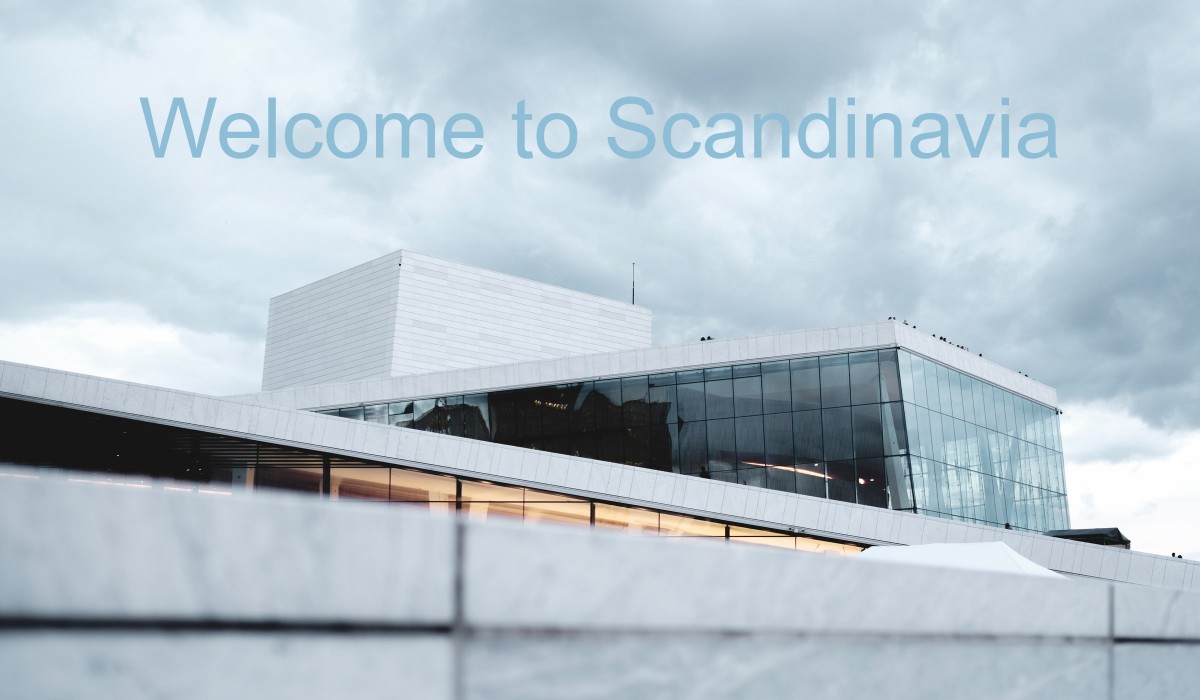
Little did I know that several years later, I'd be writing about the region for Forbes!
I get so many questions about the region that I decided to create one long article that answers them all.
Table of Contents
Welcome to Scandinavia
I'll look at which countries makes up the region and how history has shaped that journey. Then I'll deal with what modern day Scandinavia is like, including everything from politics to entertainment. In amongst the words will be some Scandinavia stats.
If you have a question that's not addressed on this page, please reach out and let me know. I'll do my best to update it as often as possible.
There's a lot to get through, so you may want to grab a coffee and a comfy chair before we get started. Ready? Then let's go!
Definition of Scandinavia
First things first, let's clear up the place we're actually talking about. Scandinavia means different things to different people.
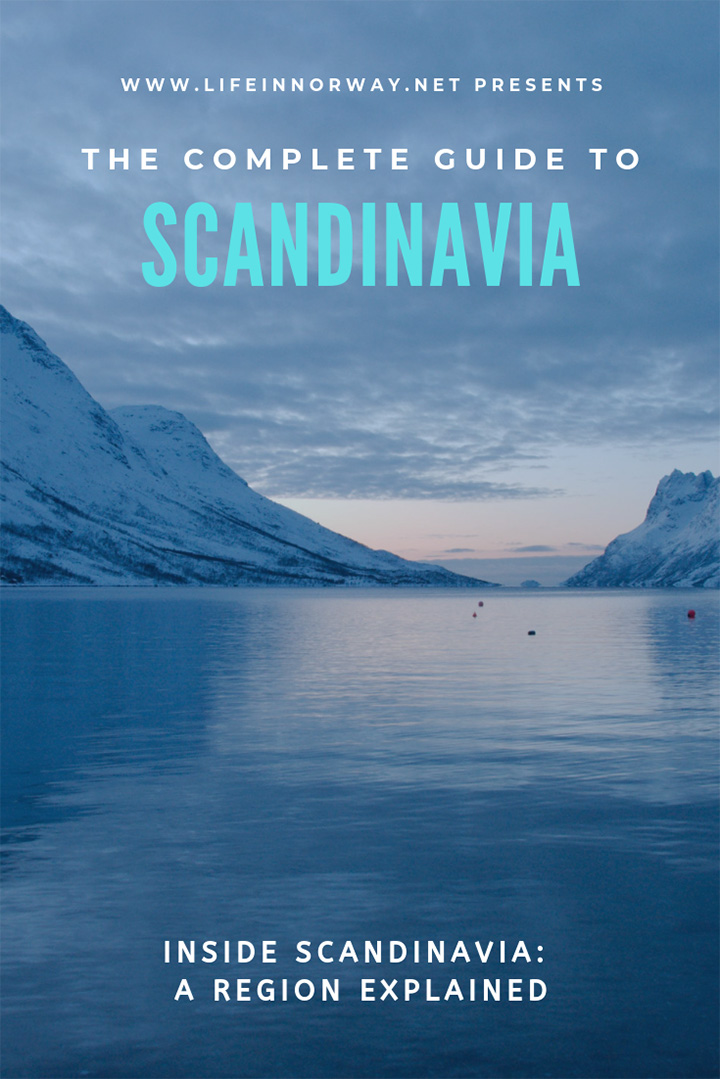
That's because there's a physical peninsula, a family of languages, and many more reference points for the term. Many use the term interchangeably with the Nordic countries, but there are differences.
The most common definition of Scandinavia is Denmark, Norway and Sweden. The three countries share an enormous amount of history, and the languages are extremely closely related.
Then there's the Scandinavian peninsula. This refers to the land mass sticking out of Russia like a crooked witch's finger. Norway and Sweden share most of the peninsula, split by a 1,000 mile long land border. Parts of the north of Finland also lie on the peninsula.
Finland and Iceland are often included in the definition of Scandinavia. Together with the Scandinavian countries, they make up the Nordic countries or the Nordic region.
The region shares much in common with Scandinavia, but is distinct in many ways too. Most notably, the Finnish language has very little in common with Swedish or any of the other Scandinavian languages. They also share the Nordic cross style of flag.
The Nordic countries work together politically through the Nordic Council. Formed in 1952, the Council is made up of 87 representatives from Denmark, Finland, Iceland, Norway, and Sweden. There are also representatives from the autonomous areas of the Faroe Islands, Greenland, and the Åland Islands.
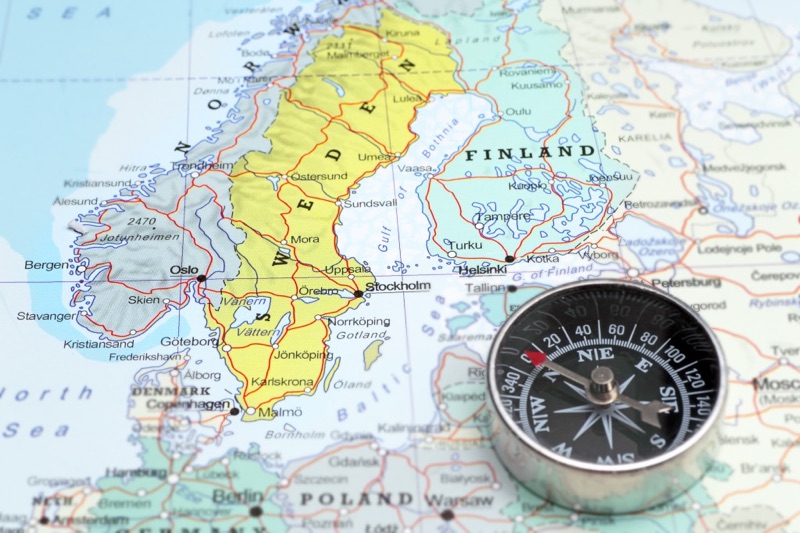
Let's take a closer look at the three countries in more detail:
Denmark
Denmark is the odd one out, at least physically. The flat land and low-lying islands are distinct from the enormous Scandinavian mountains that define parts of Sweden and much of Norway. Denmark's highest natural point is Ejer Baunehøj, just 171 metres above sea level.
But Denmark was a Scandinavian powerhouse throughout much of recent history. Copenhagen today is seen as a world-leader in sustainability and regularly ranks as one of the happiest places to live in the world.
The country is made up of a peninsula of continental Europe named Jutland, along with hundreds of islands. The largest and most notable is Zealand, home to the country's capital, Copenhagen. Denmark also owns the world's largest island, Greenland, although the island has a devolved government.
Norway
I shouldn't need to say too much about Norway here, given that you're on a website all about the country! Still, to keep things complete, let's cover the basics. After years of unions and partnerships (some friendly, some not so) with Sweden and Denmark, Norway has been fully independent since 1905.
Best known for its incredible fjords and mountains, Norway relied on the ocean for its economy for many centuries. Fishing and seafood exports were—and still are—important industries, while the long coastline eased trading with the rest of Europe. The ocean continues to play an important role for Norway with offshore oil and gas, shipping and other marine industries.
Read more: Fascinating Facts About Norway
Sweden
A nation of islands and lakes, Sweden has many thousands of both. Perhaps the most famous of the islands lie in the Stockholm archipelago, a stunning collection of more than 30,000 islands, islets and skerries in the waters close to the capital.
Sweden is arguably the cultural capital of Scandinavia. The Nobel Prizes are handed out in Stockholm, with the exception of the Peace Prize which is awarded in Oslo. The Nobel Museum in Stockholm is worth a visit if you're in town. The country is a world leader in music, giving the world the likes of ABBA and Ace of Base, and of course, Spotify.
Read more: Fascinating Facts About Sweden
The cities of Scandinavia
Cities aren't probably the first thing that springs to mind when thinking about the region. Fjords, lakes, northern lights and forest cabins tend to dominate. But Scandinavian cities are well worth exploring.
Many of the urban areas are known for their unique architecture, green spaces, efficient public transport and a focus on sustainability. Oslo is currently enjoying its year in the spotlight as European green capital, while Copenhagen aims to become the world's first carbon-neutral capital by 2025.
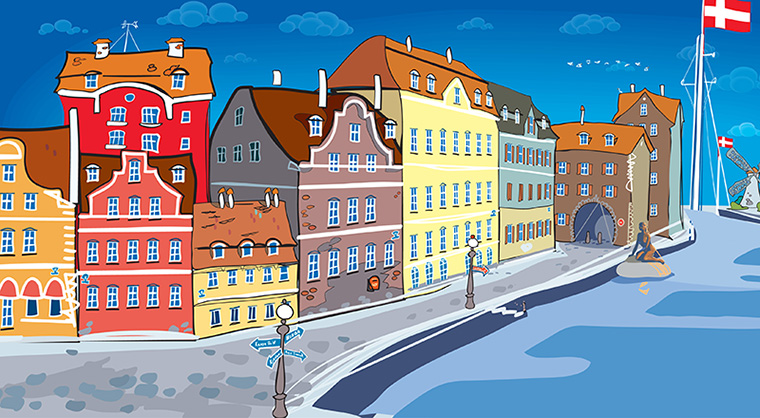
However, none of the cities are especially big in global terms. In fact, many visitors from elsewhere in the world are shocked by how compact the urban areas are. After the three capitals, the region's biggest cities are Gothenburg, Malmö, Aarhus, Bergen, Stavanger, Odense and Trondheim. Here's a little more about the three capitals:
Copenhagen
A major travel brand named Copenhagen the world's top city to visit this year. There's plenty to see and do, and of course you can see for yourself why it's so often referred to as the happiest place to live in the world.
Recently, the city's administration announced ambitious plans for Copenhagen to become the world's first carbon neutral capital as soon as 2025. The city already has excellent transport including a substantial network of cycling infrastructure.
Oslo
Norway's capital city (although it never used to be) is growing fast. More than 600,000 people live in the city proper, with many hundreds of thousands more in the surrounding urban area. The city is a curious mix of old and new, with public art and green spaces everywhere.
The city's waterfront region is undergoing a long-term transformation and now includes shopping districts, museums, the opera house, and a waterside path and cycleway. Top sights for visitors include the Vigeland sculpture park and the Holmenkollen ski jump and arena.
Stockholm
Set on numerous islands linked by bridges and boats, Sweden's capital city is best known for Gamla Stan, its atmospheric old town. But there's so much more to see on the other urban islands, and in the nearby archipelago.
Stockholm is perhaps the most modern and international of the Scandinavian capitals, but still retains an authentic Scandinavian flavour. There's original architecture, idyllic islands and hiking opportunities all within easy reach of its walkable centre.
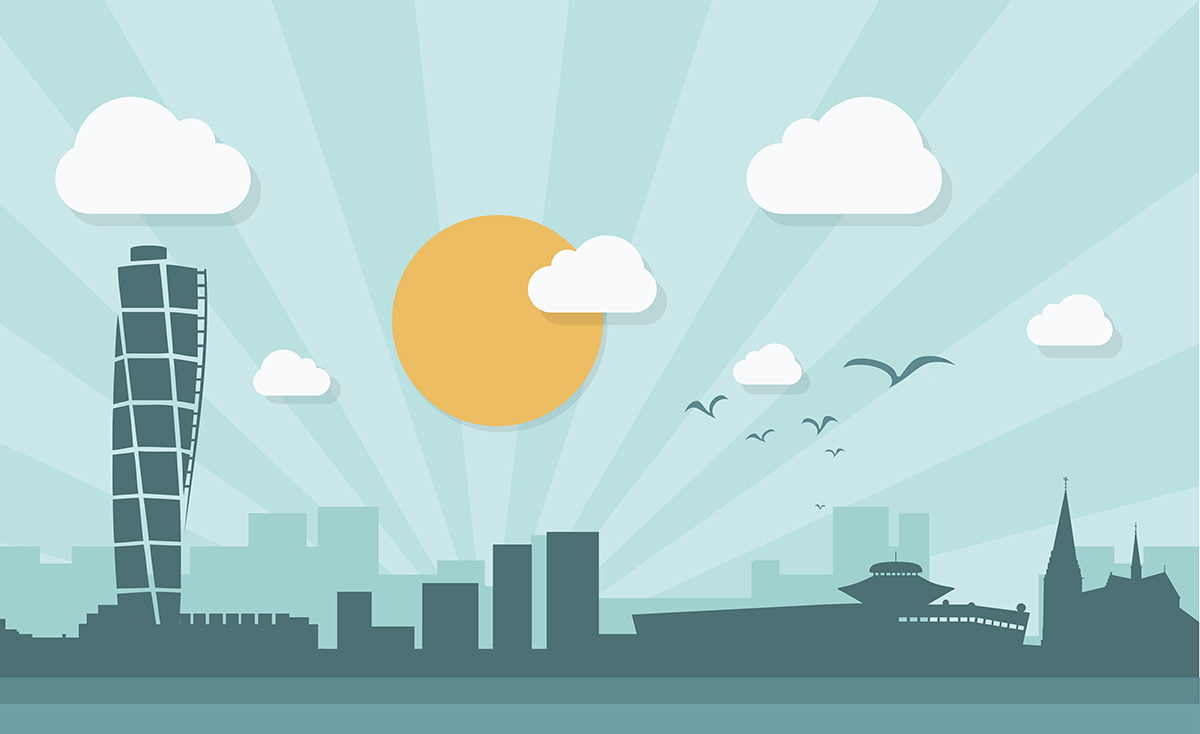
Gothenburg
Gothenburg is Sweden's second biggest city but is much more laid-back than the capital, Stockholm. But laid-back doesn't mean boring! With pop-up breweries, boutiques and music festivals galore, there are plenty of things to do. So much so, that I'd suggest Gothenburg as a great candidate for a Scandinavian weekend break, especially if you're keen to avoid crowds.
Liseberg is of the city's best attractions that not widely known outside of Scandinavia. This centrally-located theme park has traditional rollercoasters, rides and attractions that all the family will love.
Bergen
Norway's second biggest city is also known as the gateway to the fjords. Its coastal location means it's one of Europe's rainiest cities, but that shouldn't stop you from visiting. History buffs will be particularly busy. From the UNESCO World Heritage site Bryggen to one of Norway's most accessible stave churches, Bergen has many tales to tell.
If you do want to visit Norway's fjords, consider basing yourself in Bergen first. After spending a day or two in the city, you can get to the Aurlandsfjord by car, train or ferry.
Read more: Scandinavian cities
Scandinavian design
In popular culture, Scandinavian design is synonymous with simple, functional flat-pack furniture thanks to the incredible worldwide success of IKEA. But there is much more to it than that! Let's take a look at some of the most common elements of Scandinavian design:

Light colours: Northern Europeans are not afraid to make white space a feature, but colour isn't completely absent. When colour is used, neutral, earthy, and pastel shades dominate. Icy blues and pale pinks are popular choices.
Wood: Carpets are rarely seen inside a northern European home. When white or light colours are used, wooden floors and walls help to make a room seem open, airy, and clean.
Furniture: There is a focus on simplicity and clean lines among the furniture used inside a Nordic home. The use natural materials, especially wood, is often emphasised too. The most famous pieces are two Danish chairs: Arne Jacobsen's Egg Chair and Hans J. Wegner's Y Chair.
Read more: An Introduction to Scandinavian Design
The ‘Nordic model' explained
The region's three countries along with Finland and Iceland are some of the world's most equal on many measures. As such, it makes sense to look to them for lessons on how to build a more equal society elsewhere.
Despite all the nonsense debated in the international press, Scandinavia is not ‘socialist'. When it comes to the economy they are in fact, capitalist, or at the very least can be described as a mixed economy. They are social-democratic countries and are to varying degrees driven by financial markets more than central planning. That said, the state does play a bigger strategic role in the economy than many other countries.
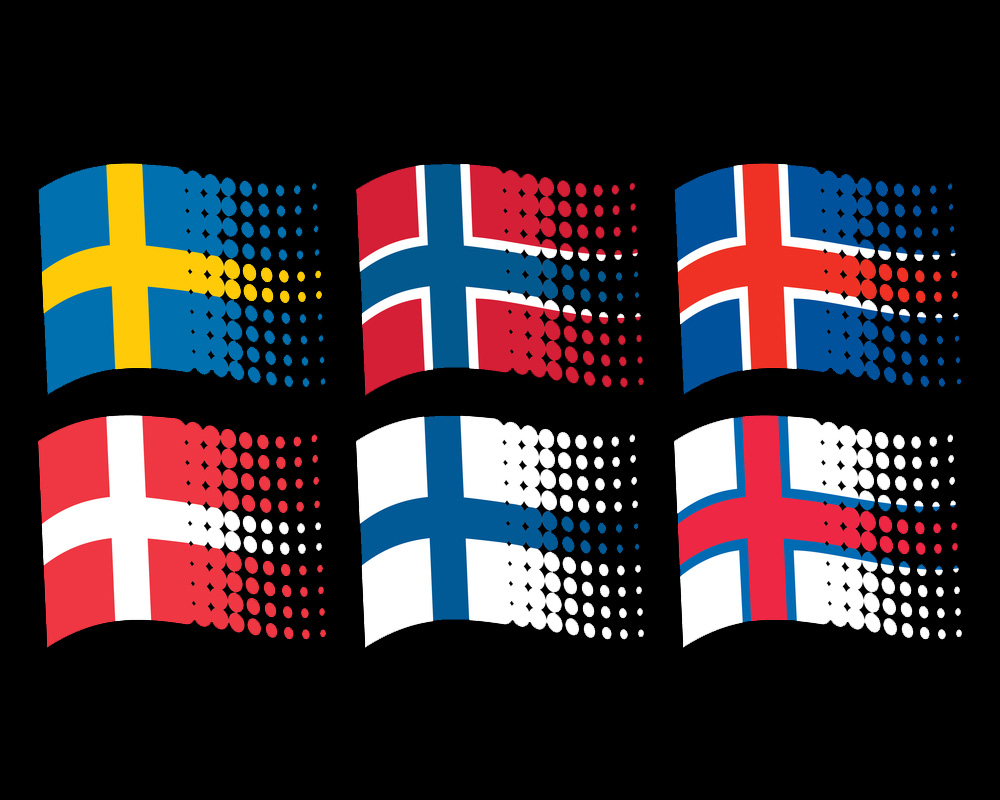
All the Nordic countries show that major egalitarian reforms and substantial welfare states are possible within prosperous capitalist countries while being highly engaged in global markets.
All the Scandinavian countries score highly in terms of major welfare and development indicators, while Denmark, Norway and Sweden have long been among the least corrupt countries in the world.
However, this all results from high levels of social solidarity and high taxation. Such policies cannot easily be adopted by other countries. Lessons can be learned, however.
Read more: Equality and the Nordic model
Scandinavian people
One thing I haven't touched on yet is the constant belief that Scandinavians are the happiest people on the planet. The three countries consistently rank high in standards of living surveys and the UN's World Happiness Report. So it's easy to conclude that the people must be happy, right?
I'm not so sure. In a story I wrote for Forbes, two American women living in Norway and Denmark both independently described the feeling not as happiness, but one of contentment:
“It's an understated emotion stemming from a number of assumptions Norwegians are fortunate to grow up with. These include that people are generally good and can be trusted, and that the government exists to serve its people and will fulfil that purpose,” explained Audrey Camp.
What are Scandinavians really like?
Most international perspectives of people from Denmark, Norway and Sweden paint them with the same brush. Scandinavians are wealthy and rational, but cold and perhaps a little boring. Yet jokes featuring “the Swede, the Dane and the Norwegian” are commonplace in schools throughout the region!

Of course, it's really difficult to boil down the characteristics and personalities of around 20 million people in just a few sentences! But I'd say the truth lies somewhere in the middle.
And is everyone is blonde-haired and blue-eyed? You can read my article on Scandinavian stereotypes for my verdict on that one!
The languages of Scandinavia
The three national languages of Denmark, Norway and Sweden are Danish, Norwegian and Swedish respectively. But as always with language, things are a little more complicated than that. Firstly, Norwegian has two written forms: bokmål and nynorsk.
Read more: The languages of Norway
Then there's the Sami language spoken by the indigenous Sami people of northern Norway and Sweden. The diversity within the Sami language is surprising and there are many dialects. Then hidden away in the forests of Sweden comes Elfdalian.
Beyond all of this, English is an incredibly important language in the region. Although the local languages are closely related, meetings among Scandinavians are often held in English. As a native English speaker this fascinates me. The reason is simple. For the last few decades, every Scandinavian has learnt English from a very young age at school.
Throw in the amount of American and British TV and films, plus increased globalisation, and you suddenly have a lingua franca that everyone can use and understand. It's that understanding aspect that's crucial. That's not always the case with the three Scandinavian languages, especially when dialects are involved. I've been involved with many meetings where a Norwegian and Dane have actively chosen to use English.
The history of Scandinavia
Many books have been written about the history of the Scandinavian region so it is impossible to cover everything in one post. However, let's take a look at some of the most important events and periods. The Viking Age is perhaps the most famous part of Scandinavian history, but what happened beforehand?
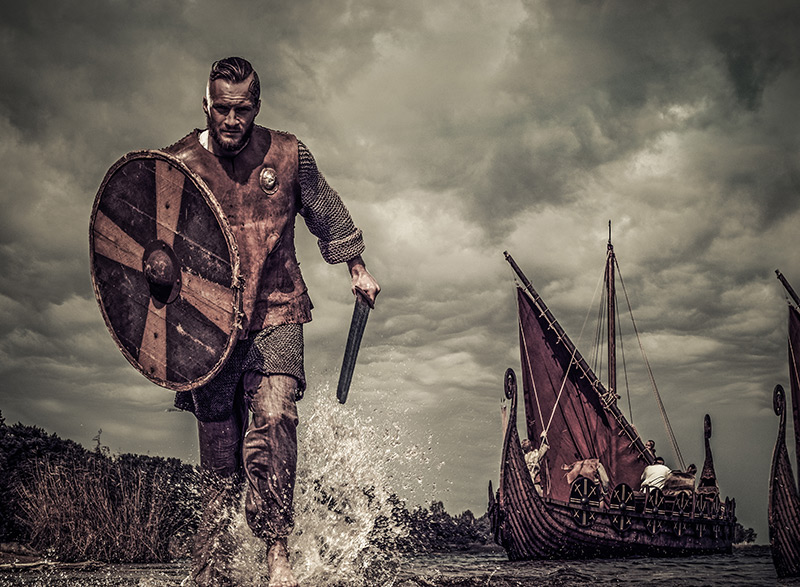
Following the last Ice age, reindeer grazed on the flat lands of Denmark and southern Sweden. Semi-nomadic groups existed in Scandinavia, surviving by fishing, hunting and gathering. The Bronze Age brought more international trade. There are several surviving fields of petroglyphs from the period, but in most cases their significance is unknown, lost to time forever.
Most of the region existed on the periphery of the Roman Empire. Scandinavia is barely mentioned at all by Roman authors. That said, we know from archaeological finds that trading occurred.
When the Roman empire began to fall, gold flooded into Scandinavia. There are many excellent works cast in gold from this period that survive to this day. Gold soon became scarce, however, and was replaced for many uses by gilded bronze.
The Viking Age
Let's begin with the obvious one! Much of what we know about the era is not written down by vikings themselves, but rather by their enemies, providing a skewed account of battles and other encounters. The other main source of written records come from the Icelandic sagas, written hundreds of years after the events allegedly took place.
Read more: Fun Facts About the Vikings
Because of this, there's lots of misunderstandings and myths about the people we call the vikings. For example, they weren't actually one people, rather than a collection of much smaller tribe-like groups who spent just as much time—if not more—fighting each other than raiding other lands and expanding their empire.
First and foremost, vikings were farmers and family people. They lived in lumber homes, grew crops and kept cattle. Fishing was a common pastime as fish was an important part of the diet.
Other vikings were traders. Salt was a sought-after commodity to allow families to store meat and fish through the long winters.
Both fishing and trading required vikings to be skilled at boatbuilding and sailing. They were innovative engineers, as the many recent finds of viking ships across Scandinavia indicate. The Viking Ship Museum in Oslo holds one of the best preserved examples from the time.
Most people define the Viking Age as beginning with the raid on Lindisfarne in north-east England in 793. This was the first in a string of attacks that saw the vikings expand their territory beyond Scandinavia. While early vikings held Pagan beliefs and worshipped Norse Gods, later vikings introduced Christianity to the region.
Read more: The Complete History of the Vikings
Political unions and wars
I talked earlier about the political unions of the past. Since the end of the Viking era, what we now call Denmark, Norway and Sweden have come under various complex systems of rule. Let's take a look at some of the history that has helped shape modern-day Scandinavia.
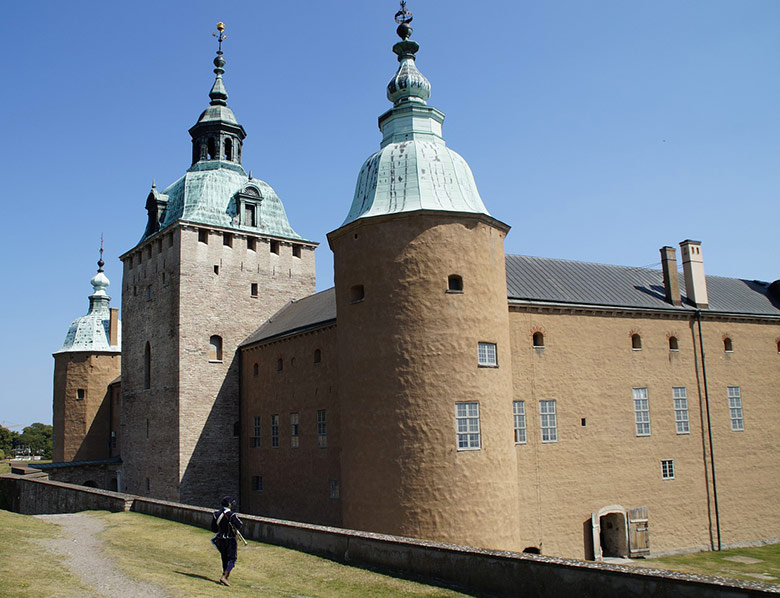
The Kalmar union was agreed in Kalmar, SwedenThe most famous period was perhaps the Kalmar Union, a loose union when Scandinavia was essentially one. With a few interruptions, the union ran from 1397 until 1523. Although Denmark, Norway & Sweden retained their separate identity in domestic matters, foreign and economic policy came under one monarch.
One of the reasons for the union was to counter the success of the German-run Hanseatic League. Several major ports in Scandinavia—notably Bergen, Stockholm and Visby—were controlled to a certain extent by the trading group. Many in Scandinavia saw combining resources as the only way to prevent a territorial expansion by the Hansa.
In the three centuries following the dissolution of the Kalmar Union, Norway entered a period of Danish rule. The period ended with the signing of a Norwegian constitution in 1814. However, Norway then immediately entered a union with Sweden that lasted until 1905.
How to visit Scandinavia
The Scandinavian region is vast and so trying to cover everything on trip is not feasible. Here are some of the most common travel itineraries for international visitors:
Three city break: Many choose to visit the three capital cities: Copenhagen, Oslo and Stockholm. The three cities are well connected by air or by various combinations of rail, ferry, and bus.
Scandinavian cruise: An ideal solution for many people who don't like planning or just prefer having everything taken care of. Several major cruise lines offer Scandinavian or Nordic/Baltic itineraries calling at many popular ports in one, two, or all three Scandinavian countries. Check out this guide to Norway cruises for some inspiration.
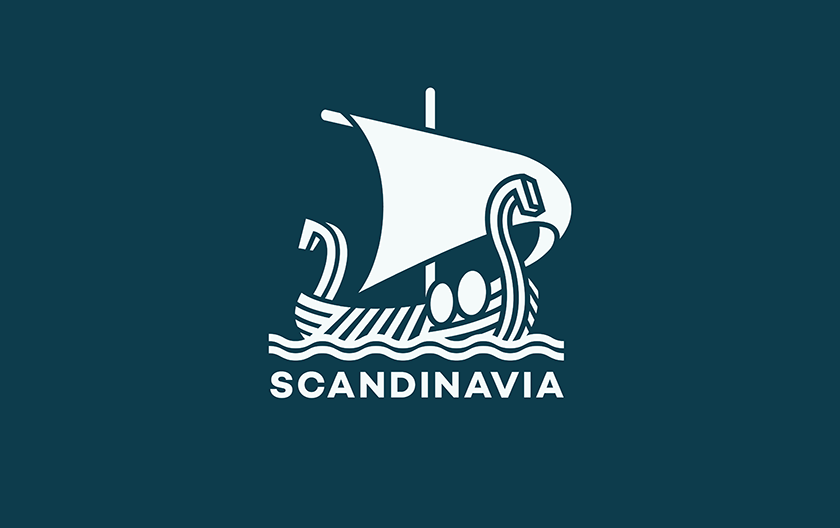
Road trip: You can easily see one, two or all three nations by car. No ferries are required thanks to the Öresund Bridge that links Sweden with Denmark. Having a car is an especially good way to see the Norwegian fjords or explore Sweden's lake region.
However, bear in mind that distances are long and speed limits can be slow. Add to this, you could get stuck behind a truck on a single-track road, causing significant delays to your journey. So when planning a Scandinavian road trip, allow plenty of buffer time!
Hiking: Norway is a global hotspot for hiking. The national organisation DNT maintains fantastic infrastructure across the country, from hiking trails to staffed and unstaffed cabins. Even if a multi-day trip isn't your thing, almost every major Norwegian city has a forest with hiking trails or coastal paths within easy reach.
Cycling: For the more active, long-distance cycling is increasing in popularity across the region. Denmark's flat terrain is especially well-suited to a two-wheeled tour. That said, most Scandinavian cities have good cycling infrastructure and bikes are relatively easy to rent. Contact the local tourist bureau to find out more ahead of your visit.
Scandinavia travel tips
The biggest concern for many travellers planning a trip to northern Europe is cost. That's totally understandable, given the region is one of the world's most expensive to visit. But with a little advance planning, considerable savings can be made.
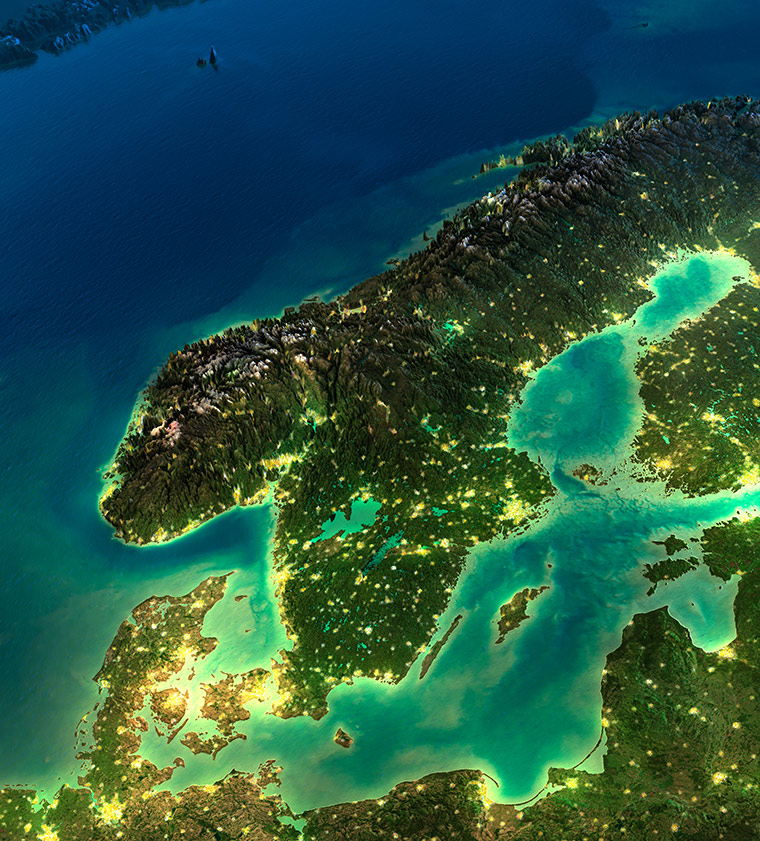
The best piece of advice I can give you is to book your travel and accommodation as far in advance as possible. Last-minute bargains are rare in Scandinavia, and all but impossible to find in high season. But by booking your air fares at least a week in advance and pre-booking your rail tickets, you'll slash your transport budget.
If you're travelling outside of the summer season, dress appropriately! Weather can change remarkably quickly, especially in coastal and mountainous areas. Whatever time of year you visit, bring rain- and wind-proof clothing.
This may surprise many of you, but sunblock is also a good idea. In the summer, the sun will be in the sky for many more hours than you're used to! But even in the winter, the sun's rays reflect off the snow. Yes, it's possible to get sunburn when it's below zero. Believe me, I've been there!
Finally, it's important to understand the principal attraction in much of Scandinavia is the landscape. This isn't the kind of place you come to and rush around between attractions.
So, adopt a slower pace, don't try to fill up your days with activities, and plan in some downtime. Then you'll be able to experience the best of Scandinavia, just like a Scandinavian!
If you enjoyed this post, please consider sharing it on Pinterest so that others can find it too. Here's a pin for that:
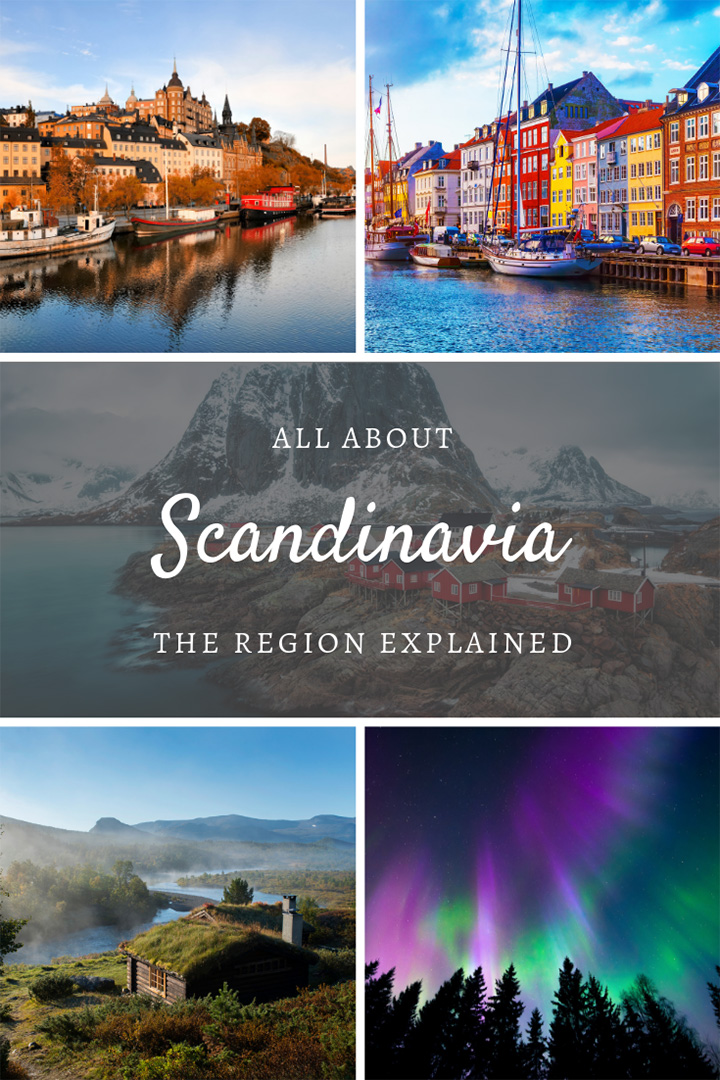


One detail about Scandinavia, the original population is slightly tan skinned and dark haired, kinda like you are David, the same applies to the British isles. The blonds immigrated from the East.
Also a dark part of Swedish history is that during the 1930s the right wing movement in Sweden has worked out plans how to eliminate the dark haired part of the population.
also several parts of Sweden and Norway have a high percentage of dark haired people due to immigrants from France due to the prosecution of Protestants in the 16th century in F. and the exodus during and after the French revolution. Exemples from Norway; the Aubert Family, Sweden; de la Gardie. Almost everybody in the Bohuslän region is dark haired